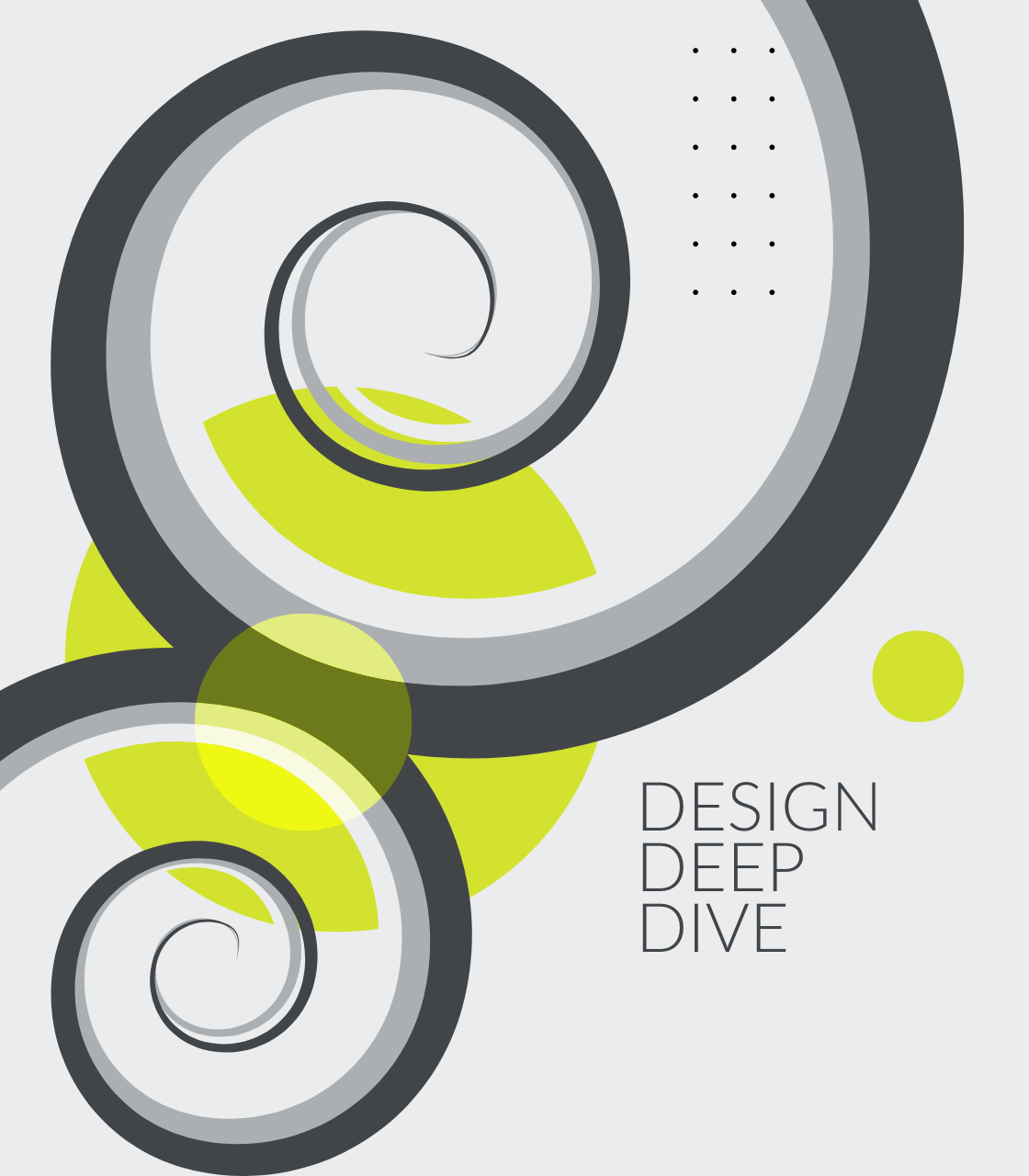
Buzz / 11 03, 2023
CODING WITHOUT WORDS: NO CODE AND VISUAL DEVELOPMENT TOOLS
Historically, software development has been the exclusive domain of individuals with specific technical skills—those who could write, debug, and deploy text-based source code. However, new development tools are emerging that allow individuals without coding backgrounds to build software.
As businesses strive for greater efficiency and personalized solutions, and as hardware advancements reduce the need for hyper-optimized code, these no-code and visual development tools are gaining prominence.
We’ve put together our top development tools that simplify the complexities of software development into intuitive, what-you-see-is-what-you-get (WYSIWYG) interfaces, making it easier to bring an idea to fruition.
Database and Business Logic: AirTable
Businesses today generate vast amounts of data that require organized storage and efficient management. Traditional databases often necessitate a steep learning curve, with the need for specialized queries and schemas. Database and business logic tools aim to streamline this process, making data handling accessible even to non-technical users.
AirTable does precisely that, operating as a hybrid between a spreadsheet and a database.
“It provides an intuitive, visual interface where you can manage data, connect tables, and even run complex queries—all without writing a single line of code,” explains Jonathan Ghandforoush, Lead BackEnd Developer at Haneke Design.
The platform fits perfectly within this category as increased accessibility to data management enables teams to collaborate better and make more data-driven decisions.
Web Development Platforms: WebFlow
Creating a compelling web presence is almost a necessity in today’s digital age. While traditional web development involves an understanding of HTML, CSS, and JavaScript, web development platforms take a different approach. These are designed to enable visual, drag-and-drop interface building, thus eliminating the need for coding.
WebFlow is a leader in this space, offering users the ability to design, build, and launch responsive websites visually, while generating clean, W3C-compliant code behind the scenes.
“It seamlessly integrates the realms of design and development, allowing you to translate your creative ideas into functional websites,” says Haneke Design’s Lead FrontEnd Developer, Marcus Fernandez.
This tool fits right into the category, enabling professionals to manage everything from design to deployment, without the need for specialized coding skills.
Application Building Services: Google AppSheet
There’s an app for almost everything these days, but creating one usually requires specialized skills in programming, build system management, app store and operating system requirements, and specialized UI/UX design. Application building services have emerged to make this process simpler, allowing anyone to create functional apps through visual programming.
Google AppSheet empowers users to create universal (mobile and web) applications using data sources like Google Sheets, SQL databases, or even AirTables (wink wink), all without writing much code beyond the occasional spreadsheet formula. The service allows you to define an app’s functionality and basic appearance through a user-friendly interface.
“It is a quintessential example of an application building service, reducing the barriers to entry for app development and offering a platform where virtually anyone can become an app creator,”explains Matt Giallourakis, Haneke Design’s Lead Mobile Developer.
Empowering a New Generation of Software Creators
As the software industry evolves, the line between those who can code and those who can’t is becoming increasingly blurred. No-code and visual development tools are not merely facilitating this transition; they are accelerating it.
Whether it’s managing complex data structures, building an interactive website, or developing a mobile application, these platforms are enabling a broader audience to participate in the software development lifecycle. The digital revolution is increasingly inclusive, benefiting those who challenge traditional notions of programming and seek the most effective tools for achieving their goals.
These development tools are at the forefront of this paradigm shift, redefining what it means to be a software developer.



